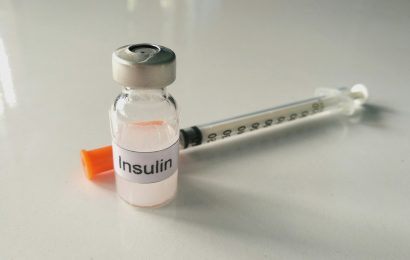Raise your hand if your mother told you to eat all your vegetables. And raise your hand if vegetables were your least favorite food on the plate. I remember my parents telling me I had to sit at the table until I ate all my broccoli. Of course I didn’t eat it, and after about 15 minutes my parents let me off the hook. Yet despite that, I went on to become a dietitian…
Anyway, over the next two weeks, we’ll look at vegetables. (See last week’s entry for information about two “super fruits.”) Maybe you’ll be inspired to try a couple that you don’t usually eat or didn’t know how to prepare.
Artichokes
What they offer: Artichokes are related to the thistle plant and likely originated in the Mediterranean region. They were brought to the United States in the 19th century. The largest growers of artichokes are France, Spain, and Italy. Almost all of the artichokes in the United States are grown in California; in fact, Castroville, CA, has the only artichoke processing plant in the country and claims to be the “artichoke capital of the world.”
There are several varieties of artichokes, ranging in color from dark purple to light green, with names such as Desert Globe, Big Heart, and Imperial Star. These vegetables are a great source of vitamin C, folate, magnesium, potassium, and fiber. As with most fruits and vegetables, artichokes also offer phytonutrients (plant-derived chemicals that may have health benefits), including cynarin (which helps with digestion) and silymarin (a compound that helps protect the liver and possibly protects against heart disease). And artichoke “lore” has it that these vegetables help aid in fertility, improve digestion, detoxify the liver and gallbladder, protect against liver cancer, and even help alleviate hangovers.
Nutrition info: One medium-size artichoke contains 60 calories, 13 grams of carbohydrate, 0 grams of fat, and 7 grams of fiber. Artichokes have a low glycemic index of about 15.
What to look for/how to use: Some people are stumped trying to figure out how to eat artichokes. One option is to buy artichoke hearts, found either in the freezer section at the supermarket or in the canned food aisle (be sure to rinse canned artichoke hearts well before eating to lower the sodium content). Artichoke hearts are great in pasta dishes, salads, and as a pizza topping. However, you can also be adventurous and try cooking a whole artichoke. Choose one that feels heavy and has tightly packed leaves. Wash it well, trim the stem, and remove any damaged leaves.
Place the artichokes upside down in a pot in a couple of inches of water. Bring the water to a boil, then cover and simmer for about 35 minutes, until an outer leaf can be easily removed. Once cooked, dip the end of the leaf in a low-fat dip or in olive oil mixed with black pepper, if desired, and scrape the pulp from the leaf with your teeth. To watch a video on how to eat an artichoke, check out www.artichokes.org.
Beets
What they offer: Beets can be messy to eat, their juice stains, and our Commander in Chief dislikes them (yes, Barack Obama has admitted to disliking beets). But despite these three strikes against them, beets are still a winner. Ranging in color from a deep, dark red to golden-yellow to white, beets are super-charged with folate, manganese, and potassium. They also contain fiber, vitamin C, and magnesium. The substance that gives red beets their rich color is called betacyanin, and it is a cancer-fighting agent that may protect against stomach and colon cancer.
In animal studies, beets lowered cholesterol and triglycerides, and in human studies, beets lowered inflammatory markers, which may mean a lower risk of heart disease, diabetes, and Alzheimer disease. In addition, people in one study who drank roughly a pint of beet juice every day significantly lowered their blood pressure. It’s also a misconception that people with diabetes can’t eat beets because they’re too high in sugar. For one thing, people with diabetes can eat any food, and for another, beets really don’t contain all that much carbohydrate.
Nutrition info: One half-cup of sliced beets contains 9 grams of carbohydrate, practically no fat, and about 2 grams of fiber. Beets have a moderate glycemic index of about 64.
What to look for/how to use: Choose small to medium-size beets that are firm with a smooth skin. Store them unwashed in a plastic bag in the fridge until ready to eat. Cut the stems off before cooking, but leave the roots and a couple inches of stem so that the roots don’t bleed. Save the greens and eat them — they’re highly nutritious.
Place beets in a casserole and add a small amount of water. Roast at 425°F for about 40–45 minutes, until soft. Allow them to cool somewhat, then cut off the stems and roots and slip off the skins. Serve as a side dish or marinate in a vinaigrette dressing. Or try your hand at making borscht, a beet soup common in Eastern Europe.
By the way, if you eat beets and then see that your urine has turned pink or red, don’t panic — you likely have “beeturia,” which sounds strange but is completely harmless.
More “super vegetables” next week!




